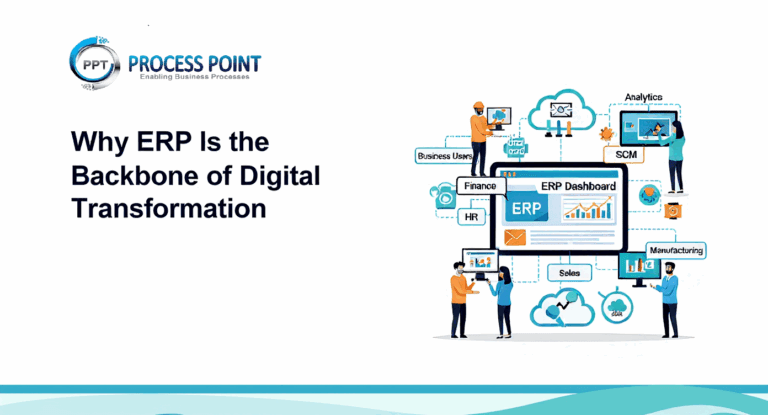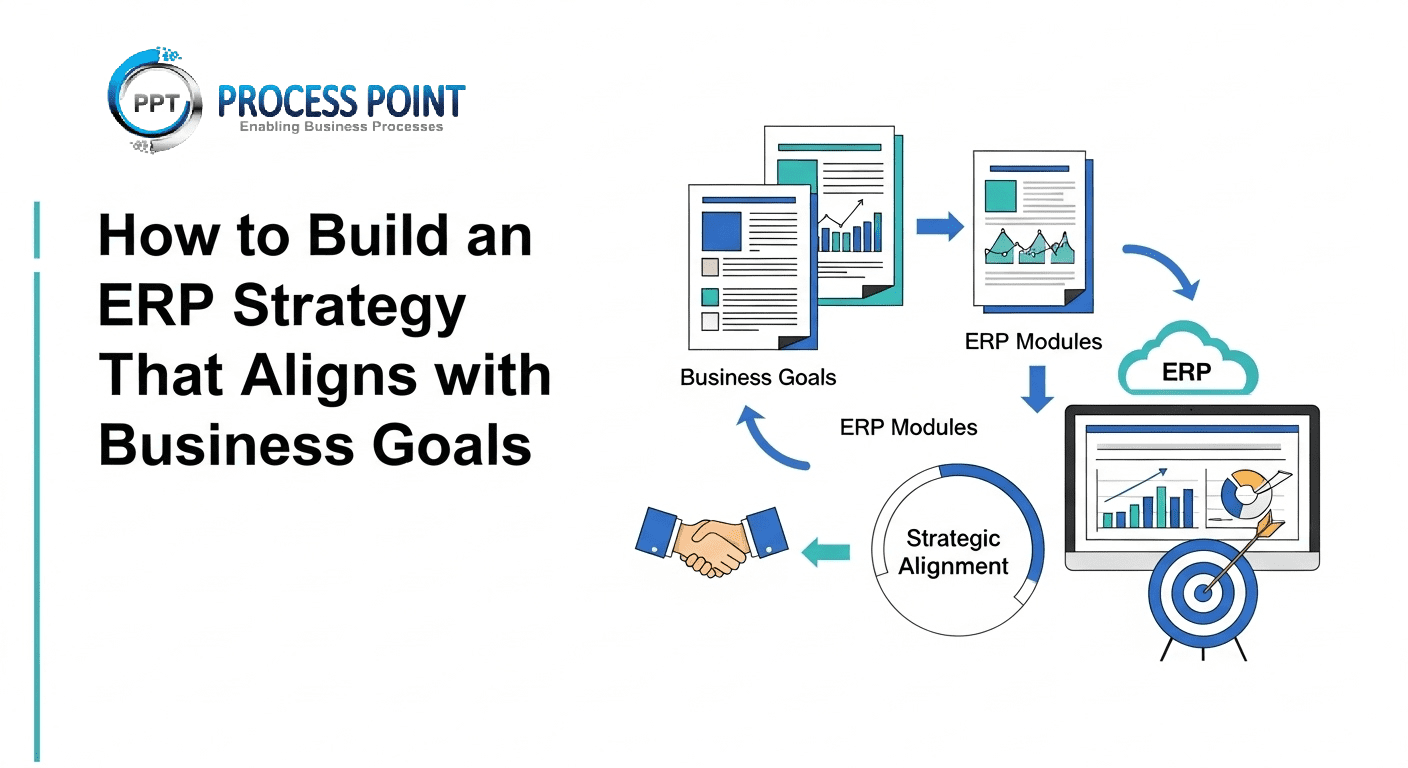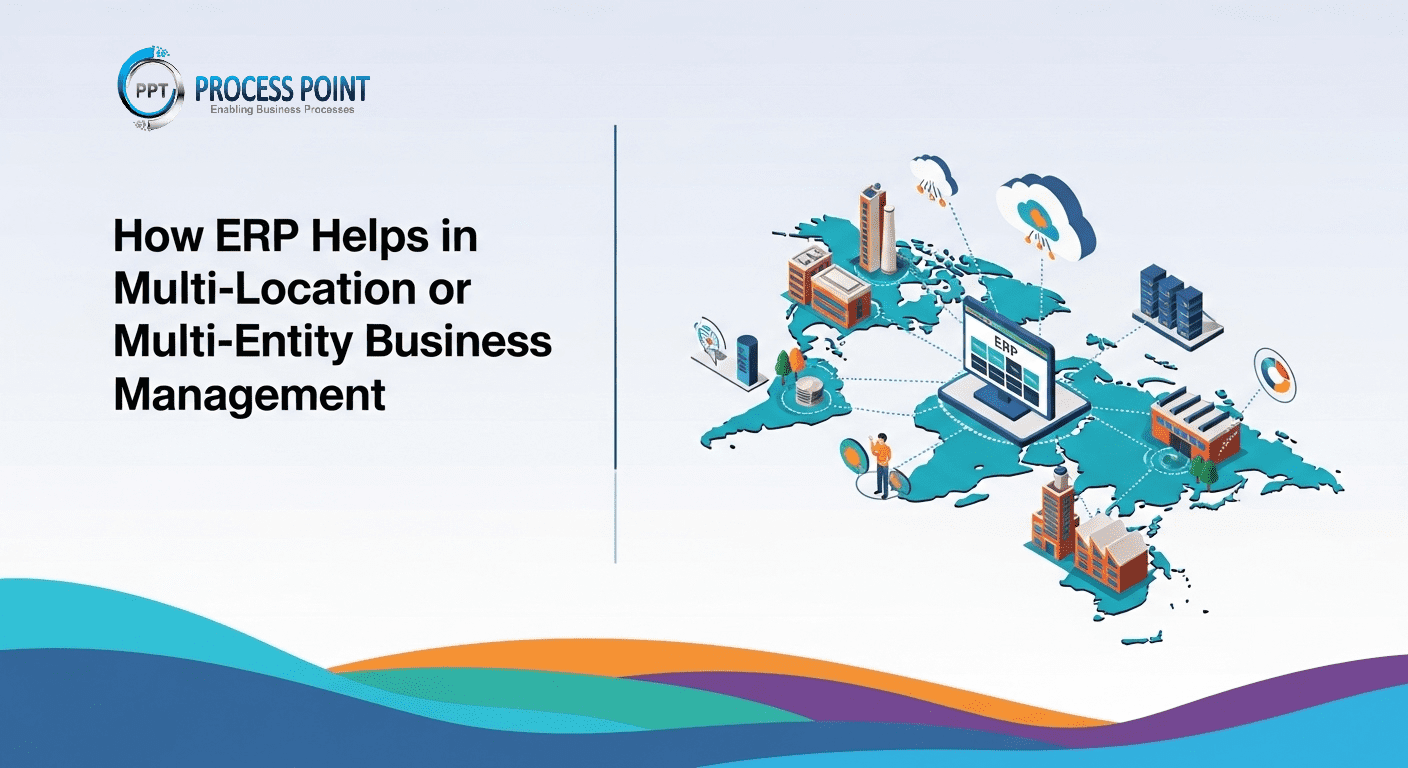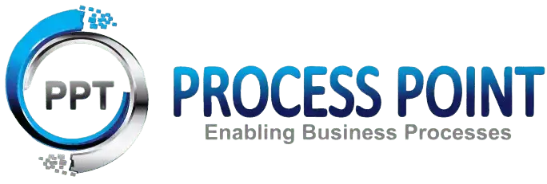Introduction

ERP digital transformation has evolved from a buzzword into a strategic necessity for modern businesses. Organizations across industries are accelerating efforts to modernize legacy systems, empower their workforce, and enhance customer experiences. At the heart of this transformation is the ERP system—a unified platform that connects core business functions, enabling companies to adapt quickly, operate efficiently, and drive innovation. By serving as the digital backbone, ERP systems play a pivotal role in aligning technology with business goals and ensuring long-term agility.
What Is Digital Transformation?
Digital transformation involves using technology to radically improve how businesses operate and deliver value. It means moving away from legacy systems, manual processes, and siloed data toward integrated, intelligent, and automated environments. But adopting new technologies in isolation is not enough; a successful transformation needs a backbone that supports alignment, agility, and innovation across the enterprise—that’s where ERP comes in.
The Central Role of ERP in Digital Transformation
ERP systems connect to every part of a business—finance, HR, inventory, supply chain, sales, procurement, manufacturing, and more—on a unified platform. This connectivity removes data silos, enhances visibility, and promotes strategic coordination. ERP also acts as a real-time decision engine, powering dashboards, alerts, and workflows that inform and automate critical activities.
Keyways ERP systems drive transformation:
- Unified Data Platform: Centralized databases ensure all departments access accurate and consistent information.
- Automation at Scale: Automates recurring tasks such as payroll processing, invoicing, inventory updates, and financial close.
- Adaptability: Modular ERP systems support phased implementation and can scale with growing or diversifying business needs.
- Real-Time Intelligence: Built-in analytics and reporting provide immediate insights to support timely action.
- Remote Accessibility: Cloud ERPs enable access from anywhere, supporting distributed teams and mobile users.
Strategic Benefits of ERP-Enabled Digital Transformation
- Enterprise-Wide Efficiency: Streamlined workflows reduce redundancy, minimize manual errors, and boost productivity.
- Enhanced Decision-Making: Real-time analytics and dashboards help stakeholders make faster, evidence-based choices.
- Stronger Customer Engagement: Seamless coordination between order management, inventory, and customer service improves overall experience.
- Compliance & Governance: Automated processes and audit trails support regulatory requirements and risk mitigation.
- Technology Adoption: ERP serves as the groundwork for integrating emerging technologies like AI, IoT, and robotic process automation.
Use Cases Across Industries
- Retail & E-commerce: Unified view of inventory, customer orders, and delivery across all channels.
- Manufacturing: Synchronization of production schedules, procurement, and maintenance through a single platform.
- Healthcare: Better patient care through integrated scheduling, billing, and compliance systems.
- Logistics: End-to-end supply chain visibility and predictive delivery planning.
- Financial Services: Automated reconciliations, audit readiness, and real-time financial insights.
Use Cases Across Industries
- Retail & E-commerce: Unified view of inventory, customer orders, and delivery across all channels.
- Manufacturing: Synchronization of production schedules, procurement, and maintenance through a single platform.
- Healthcare: Better patient care through integrated scheduling, billing, and compliance systems.
- Logistics: End-to-end supply chain visibility and predictive delivery planning.
- Financial Services: Automated reconciliations, audit readiness, and real-time financial insights.
ERP Selection and Implementation Considerations
While the benefits are clear, choosing the right ERP system requires careful consideration. Factors include industry-specific capabilities, scalability, user experience, cloud-readiness, and integration with existing systems. Leaders must also plan for change management, training, and continuous improvement to maximize ROI.
Popular ERP platforms include:
- SAP S/4HANA: Known for deep industry solutions and real-time analytics.
- Oracle ERP Cloud: Offers integrated capabilities across finance, procurement, and HR.
- Microsoft Dynamics 365: Combines ERP and CRM in one ecosystem, ideal for midsize enterprises.
Conclusion
ERP systems form the digital core that powers modern enterprises. By aligning technology, people, and processes within one connected environment, ERP platforms accelerate digital maturity, increase resilience, and support long-term growth. As businesses face increasing complexity and shifting customer expectations, having a robust ERP system in place is not just a competitive advantage—it’s a strategic necessity. Organizations that invest in ERP today are laying the foundation for agility, innovation, and leadership in tomorrow’s digital economy.
Related Blogs

July 11, 2025
Top 10 Signs Your Business Needs an ERP System
Is your business outgrowing current tools? Discover 10 signs you need ERP for better operations, data, and scalability.

July 18, 2025
How to Build an ERP Strategy That Aligns with Business Goals
Learn how to build an ERP strategy that aligns technology with business goals, driving growth, innovation, and long-term success.

July 22, 2025
Smarter Inventory and Warehouse Management with ERP: A Strategic Advantage
Improve efficiency, accuracy, and visibility with ERP-driven inventory and warehouse management to reduce costs and support scalable business growth.


